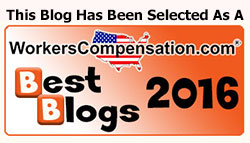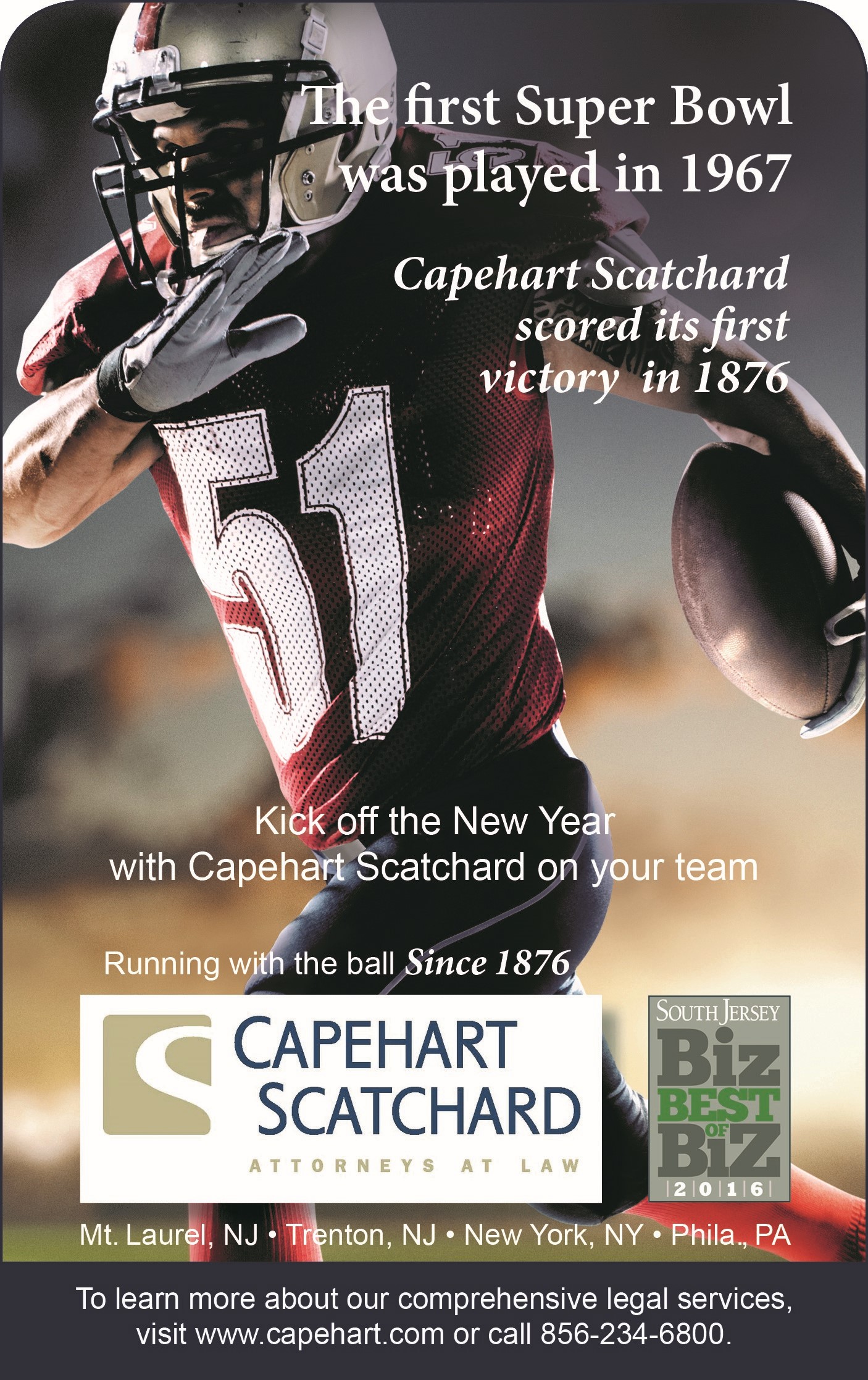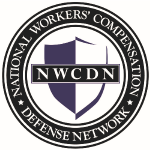Failure To Advise Employee Of FMLA Calculation Method Dooms Employer In Law Suit
Carl Thom worked for American Standard as a molder for a period of 36 years. He had a non-work-related shoulder injury which required surgery, and he sought FMLA leave from April 27, 2005 to June 27, 2005. The company granted the FMLA leave request in writing. As it turned out, plaintiff’s recovery period was accelerated and his surgeon authorized a return-to-work date for light duty on May 31, 2005 with a full-duty projected date of June 13, 2005.
Thom attempted to return light duty on May 31st, but the company policy prohibited light duty return-to-work positions for those with non-work-related conditions. Thom did not return to work on June 13, 2005. He was contacted the next day and explained that he was experiencing increased pain. He promised to get a doctor’s note extending his time for recovery but he said he was having problems getting an appointment. He finally got an appointment for June 17, 2005. After the appointment, he came to work but it turned out that he had already been fired since the company counted as unexcused absences the time off from June 13 – June 17, 2005. Counting these five days, Thom had exceeded the amount of unexcused absences under the company policy.
Thom sued for FMLA interference and prevailed at the District Court level. On appeal the company contended that using the “rolling method,” Thom’s leave expired on June 13, 2005. That method of determining the 12-month period in which the 12 weeks of leave entitlement occurs focuses on a backward look from the date an employee uses any FMLA leave. Thom argued that the proper method was the calendar year method, and if that method were used, his leave would have been extended through July 14, 2005.
The Appellate Court observed that the company failed to mention to Thom that it was using a “rolling” 12-month period. “The only written document he received from the company stated that his leave would expire on June 27.” The court further said, “The first time Thom was given actual notice that the Company was using a “rolling” method requiring him to return to work on an earlier date was after he filed his lawsuit in this case when the defense lawyers raised the rolling method as a defense.”
The company countered that it internally amended its FMLA leave policy in March 2005 to indicate that it would now calculate employee leave by using the “rolling” method. However, the court said that the company failed to give Thom actual notice of this changed policy or tell him that his official leave date would expire earlier than June 27, which was the initial date of approval for FMLA leave. Under these circumstances, the court ruled that “Thom was entitled to rely on the calendar method and the date of June 27 that the company had given in writing.” It said that the company’s position that it was relying on the “rolling” method was unreasonable under these circumstances.
The problem in this case for the employer was twofold: first, it initially told the employee that it approved leave through June 27th, which was ten days in excess of his permitted leave under the “rolling” method. In addition, there was no written explanation to the employee about the method being used to calculate the leave year. The case can be found at Thom v. American Standard, Inc., 2012 U.S. App. LEXIS 1166 (6th Cir. 2012).








Connect with Capehart Scatchard